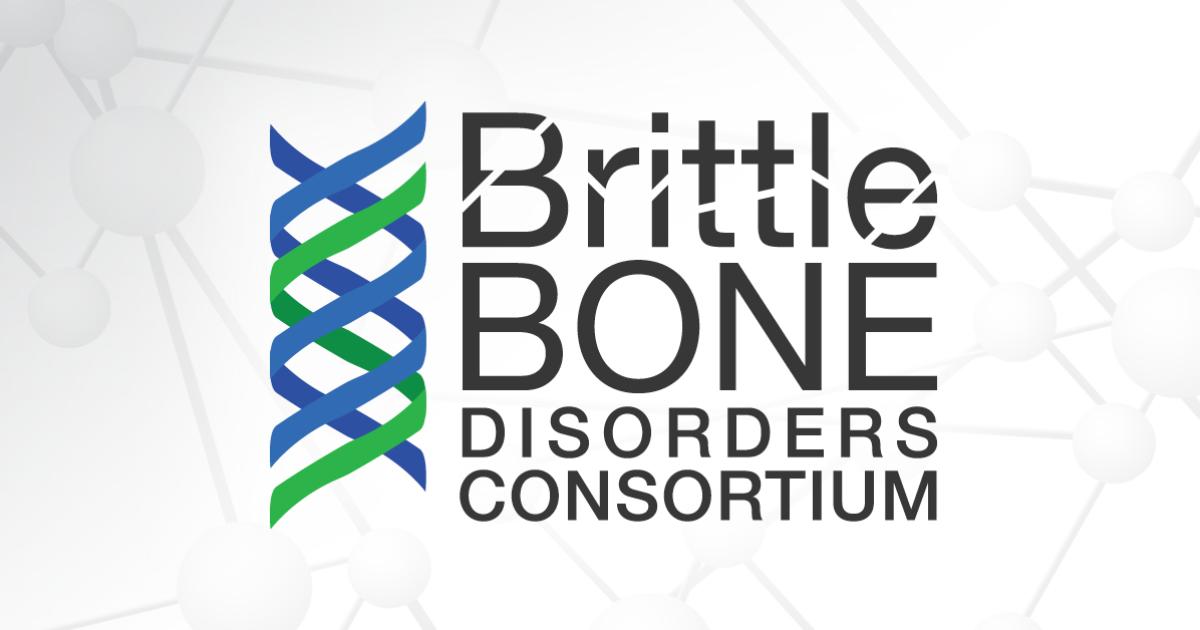Children with osteogenesis imperfecta (OI) may experience growth plate dysfunction, according to a recent study in the journal Bone. Researchers from the Brittle Bone Disorders Consortium (BBDC) found a higher ratio of collagen X (CXM) levels for growth velocity in children with OI, revealing new clues about how this disease may affect the growth plate.
OI is a rare genetic disorder of connective tissue that weakens the structure of bones and teeth. People with OI can experience hearing loss, scoliosis, decreased pulmonary function, abnormal dental and craniofacial development, and recurrent fractures secondary to bone fragility.
Growth plates are one of the most dynamic areas of bone—this is where our bones grow and become longer. CXM is released by the active growth plate and serves as a marker for new endochondral bone formation.
In normally growing children, CXM increases with growth velocity. By the time children are done growing, this marker drops dramatically. What can CXM levels tell us about children with OI?
“We know that these children have shorter stature for various reasons—frequent fractures, bone deformities, immobility,” says lead author Lindsey Nicol, MD, CCD, associate professor of pediatric endocrinology and diabetes at Oregon Health & Sciences University. “We wanted to ask, are CXM levels different in children with OI, and do they correlate with growth velocity? If not, this could provide evidence of growth plate dysfunction that could be detected by this marker.”
Using data from the BBDC Natural History Study, researchers analyzed CXM levels in 187 people with OI aged 8 months to 40 years. Next, they analyzed the relationship between growth velocity and CXM levels in 100 subjects under 16 years old (those who are still growing).
Researchers found that CXM levels in children with OI did not correlate with growth velocity as strongly as previously found in normally growing children. Moreover, children with OI who had slower growth rates, or in some cases, no growth at all, have higher CXM levels. This leads researchers to believe that growth plate dysfunction may also be a factor in the growth delay experienced in children with OI.
The team is now exploring whether elevations in CXM are associated with radiographic changes in the growth plates.
“Families with OI and treating physicians should know that it is important for us to continue to research and study ways in which we can monitor and understand the growing skeleton in children with OI,” says Nicol. “As new treatments and medications become available, we will need to understand how they impact the growth plate of a child.”
The Brittle Bone Disorders Consortium (BBDC) is part of the Rare Diseases Clinical Research Network (RDCRN), which is funded by the National Institutes of Health (NIH) and led by the National Center for Advancing Translational Sciences (NCATS) through its Office of Rare Diseases Research (ORDR). BBDC is funded under grant number U54AR068069 as a collaboration between NCATS, the National Institute of Arthritis and Musculoskeletal and Skin Diseases (NIAMS), the Eunice Kennedy Shriver National Institute of Child Health and Human Development (NICHD), and the National Institute of Dental and Craniofacial Research (NIDCR).






